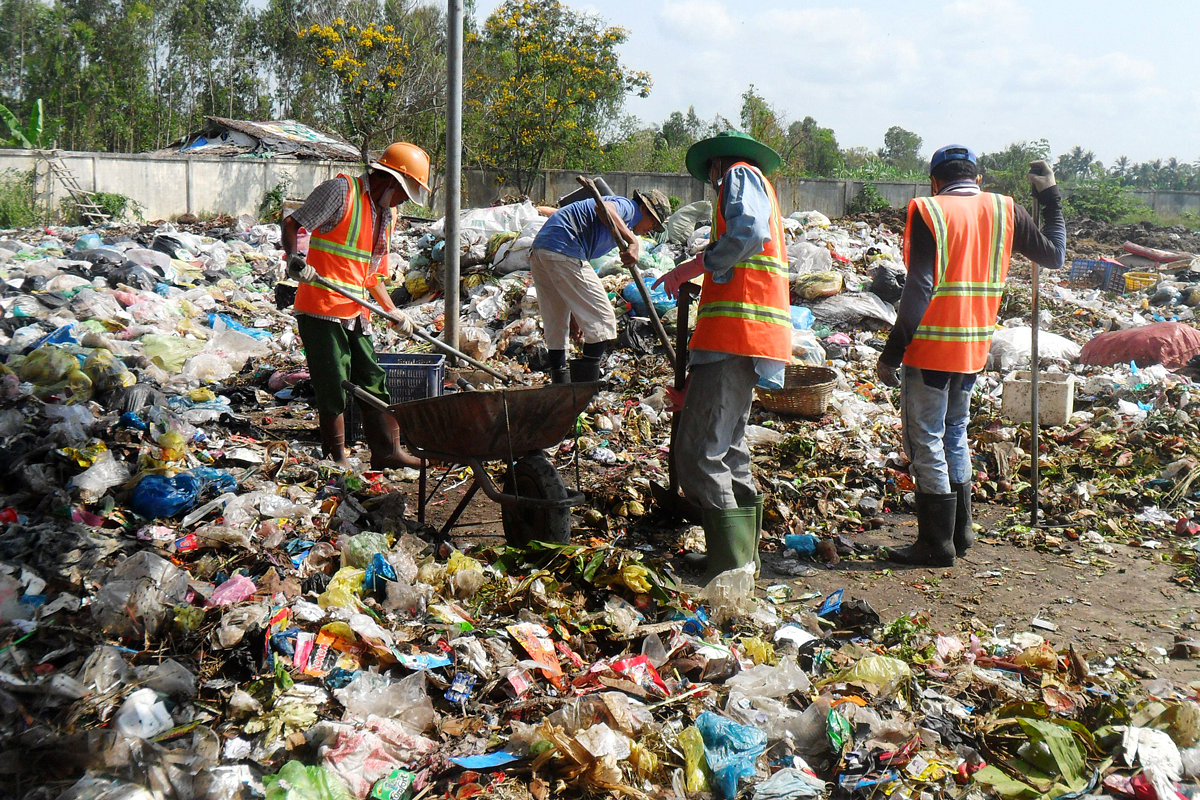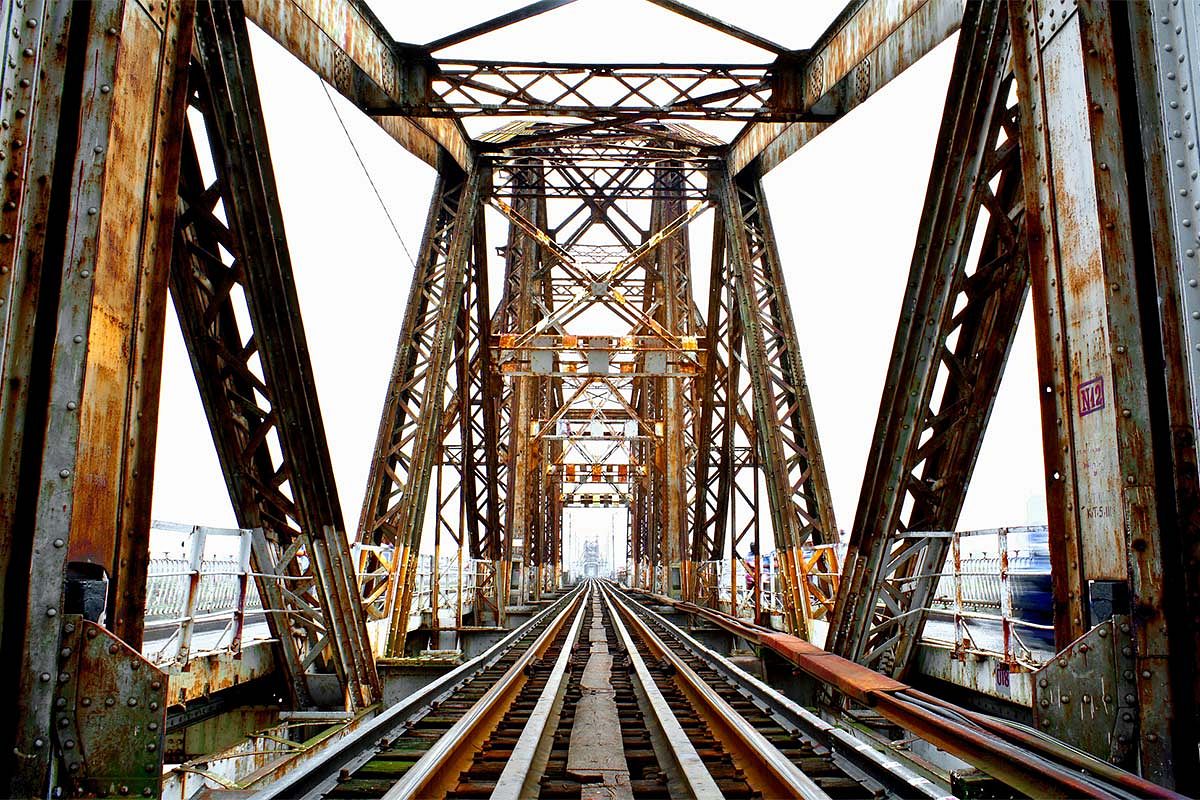Without extreme measures to alleviate subsidence, Vietnam’s Mekong Delta could cease to exist in 100 years’ time, warned experts at a two-day national conference in Can Tho.
Since 2005, the delta has seen a yearly erosion of about 300 hectares (741 acres), reports VnExpress. Between 2010 and 2015, the region sank between five and 10 centimeters in most of its area.
The proliferation of hydropower dams has been one of the major causes of land subsidence in the delta. According to Tran Thuc, vice chairman of the government’s advisory panel on climate change, there are 144 hydropower dams currently in preparation that will withhold sediment upstream.
Thuc told VnExpress: “They could cause permanent damage to biodiversity in the region. Some important species could become extinct, and communities within a 15-kilometer radius who rely on fishing and farming would be affected.”
A lack of alluvial deposits would alter river currents, worsen seawater intrusion and give rise to severe weather conditions, Thuc elaborates.
According to Nguyen Huu Thien, a wetland ecologist present at the conference, a study from the Netherlands’ Utrecht University found overexploitation of groundwater reservoirs were another cause of erosion, reports Tuoi Tre.
All seven layers of groundwater in the Mekong Delta are dwindling. This is the result of local farmers extracting water from increasingly deeper levels, while the delta’s upper groundwater layers have succumbed to salination and aluminum contamination.
Pollution of rivers in the vicinity also creates a situation in which residents are left with no choice but to rely on groundwater as the primary source of fresh water for their households and businesses.
This is not the first time the Mekong Delta’s land subsidence issues have come to light as an imminent threat to its survival. In 2015, experts expressed concern about the impact that Laos’ Don Sahong Dam project would have on the region’s ecosystem, food security and livelihood. The dam, located 420 kilometers from Vietnam, is now under construction despite protests from several Southeast Asian Mekong residents.
Vietnam’s Mekong Delta, commonly dubbed the country’s “rice bowl”, houses around 20 million people and produces half of the national rice output. The region is also a significant contributor to Vietnam’s GDP and exports. With aggravating erosion on the horizon, the country will need to brace itself for a challenging future.
[Photo via Real Mekong Delta Tours]














